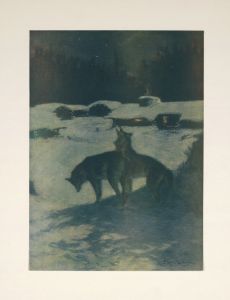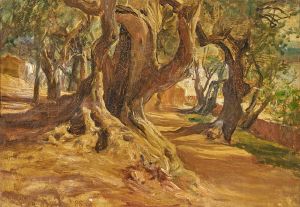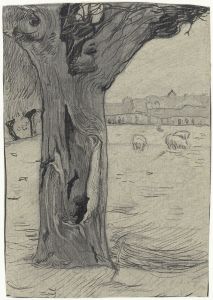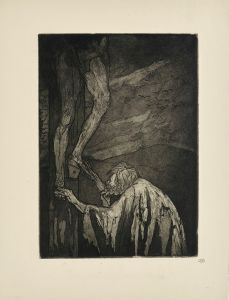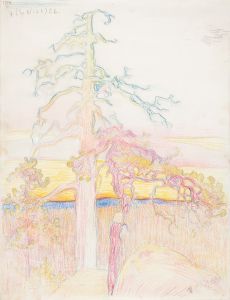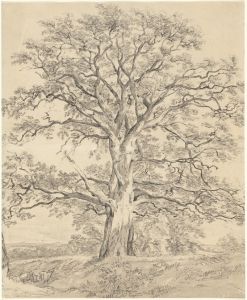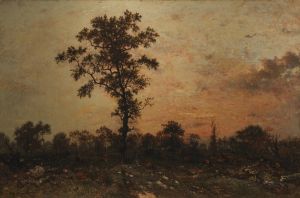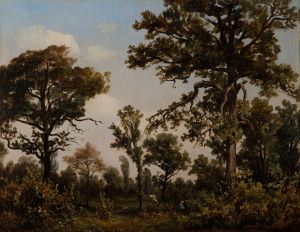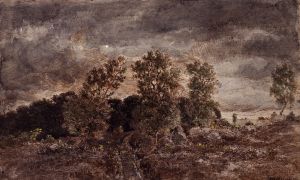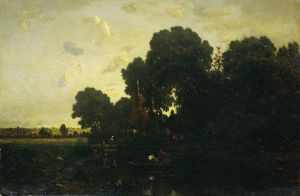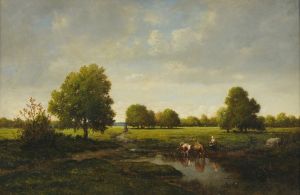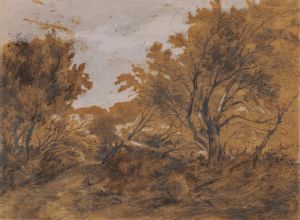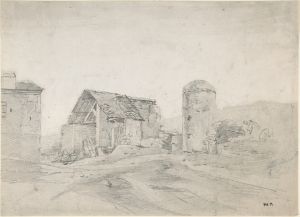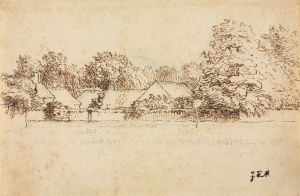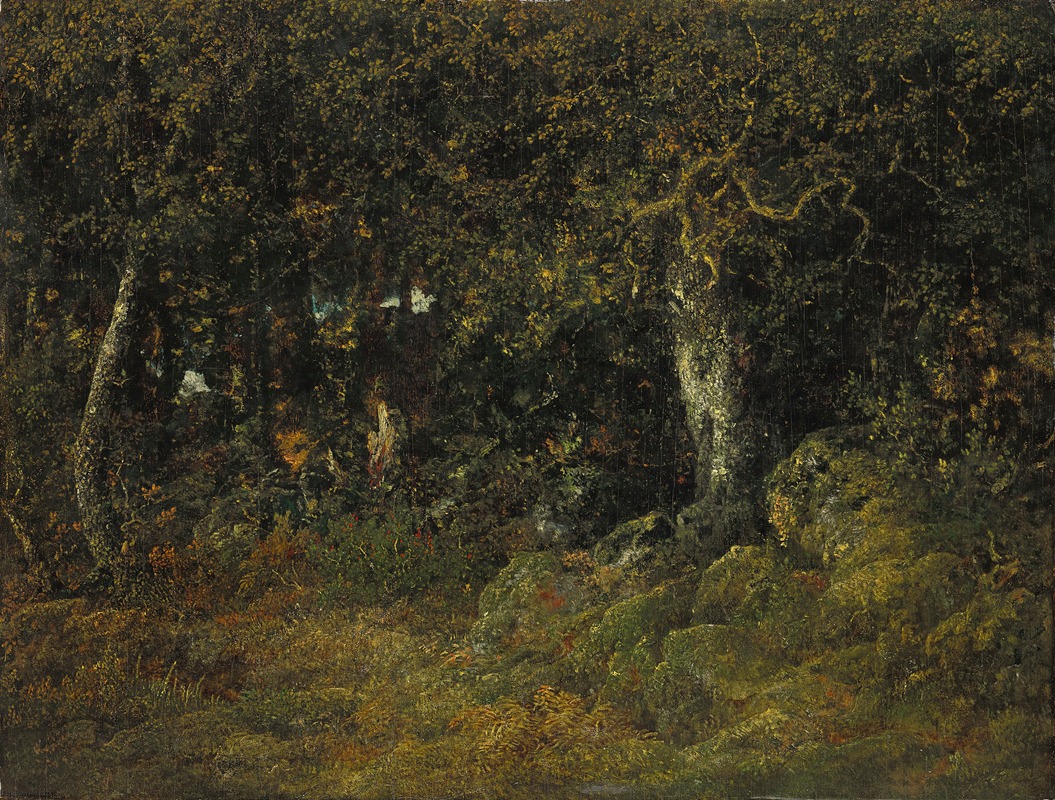
Le Chêne De Roche
A hand-painted replica of Théodore Rousseau’s masterpiece Le Chêne De Roche, meticulously crafted by professional artists to capture the true essence of the original. Each piece is created with museum-quality canvas and rare mineral pigments, carefully painted by experienced artists with delicate brushstrokes and rich, layered colors to perfectly recreate the texture of the original artwork. Unlike machine-printed reproductions, this hand-painted version brings the painting to life, infused with the artist’s emotions and skill in every stroke. Whether for personal collection or home decoration, it instantly elevates the artistic atmosphere of any space.
Théodore Rousseau, a prominent figure in the Barbizon School, is renowned for his landscape paintings that capture the essence of nature with a profound sense of realism and emotion. One of his notable works, "Le Chêne De Roche," exemplifies his dedication to portraying the natural world with meticulous attention to detail and a deep appreciation for the environment.
"Le Chêne De Roche," translated as "The Rock Oak," is a testament to Rousseau's skill in depicting the intricate relationship between trees and their surroundings. The painting showcases a majestic oak tree, a subject that Rousseau frequently explored in his works. Oaks, with their sturdy trunks and expansive canopies, often symbolize strength and endurance, themes that Rousseau was drawn to throughout his career.
Rousseau's approach to landscape painting was revolutionary for his time. Unlike many of his contemporaries who idealized nature, Rousseau sought to represent it in its true form, capturing the raw beauty and complexity of the natural world. This commitment to realism is evident in "Le Chêne De Roche," where the textures of the bark, the play of light and shadow on the leaves, and the ruggedness of the surrounding rocks are rendered with exceptional precision.
The Barbizon School, of which Rousseau was a leading figure, emerged in the mid-19th century as a reaction against the formalism of academic art. Artists associated with this movement, including Rousseau, were inspired by the landscapes of the Forest of Fontainebleau, near the village of Barbizon in France. They often painted en plein air, or outdoors, to capture the changing effects of light and atmosphere directly from nature. This practice allowed them to develop a more intimate and immediate connection with their subjects, which is palpably reflected in their work.
"Le Chêne De Roche" is a product of this plein air tradition. Rousseau's dedication to working directly from nature is evident in the painting's vivid depiction of the oak tree and its environment. The composition is carefully balanced, with the tree dominating the scene yet harmoniously integrated into the landscape. The interplay of light and shadow creates a dynamic visual experience, drawing the viewer's eye across the canvas and inviting them to explore the intricate details of the scene.
Rousseau's influence on the development of landscape painting was significant. His work paved the way for future generations of artists, including the Impressionists, who would continue to explore the possibilities of capturing nature in new and innovative ways. "Le Chêne De Roche" stands as a testament to Rousseau's legacy, embodying his belief in the power of nature to inspire and move the human spirit.
Today, Théodore Rousseau is celebrated as one of the pioneers of modern landscape painting. His works, including "Le Chêne De Roche," continue to be admired for their technical skill, emotional depth, and unwavering commitment to depicting the natural world with honesty and reverence. Through his art, Rousseau invites viewers to pause and appreciate the beauty and complexity of the landscapes that surround us, a message that remains as relevant today as it was in his time.





